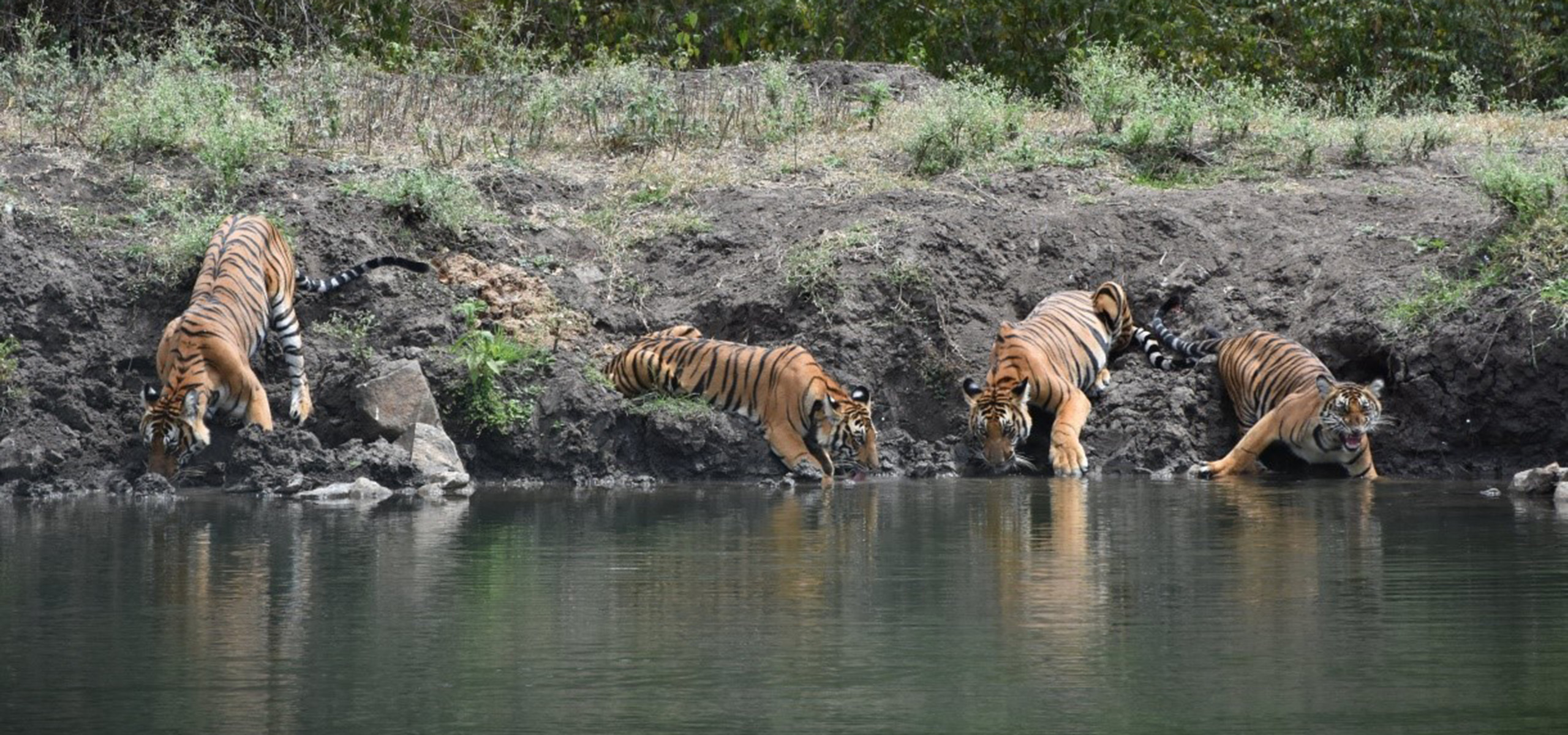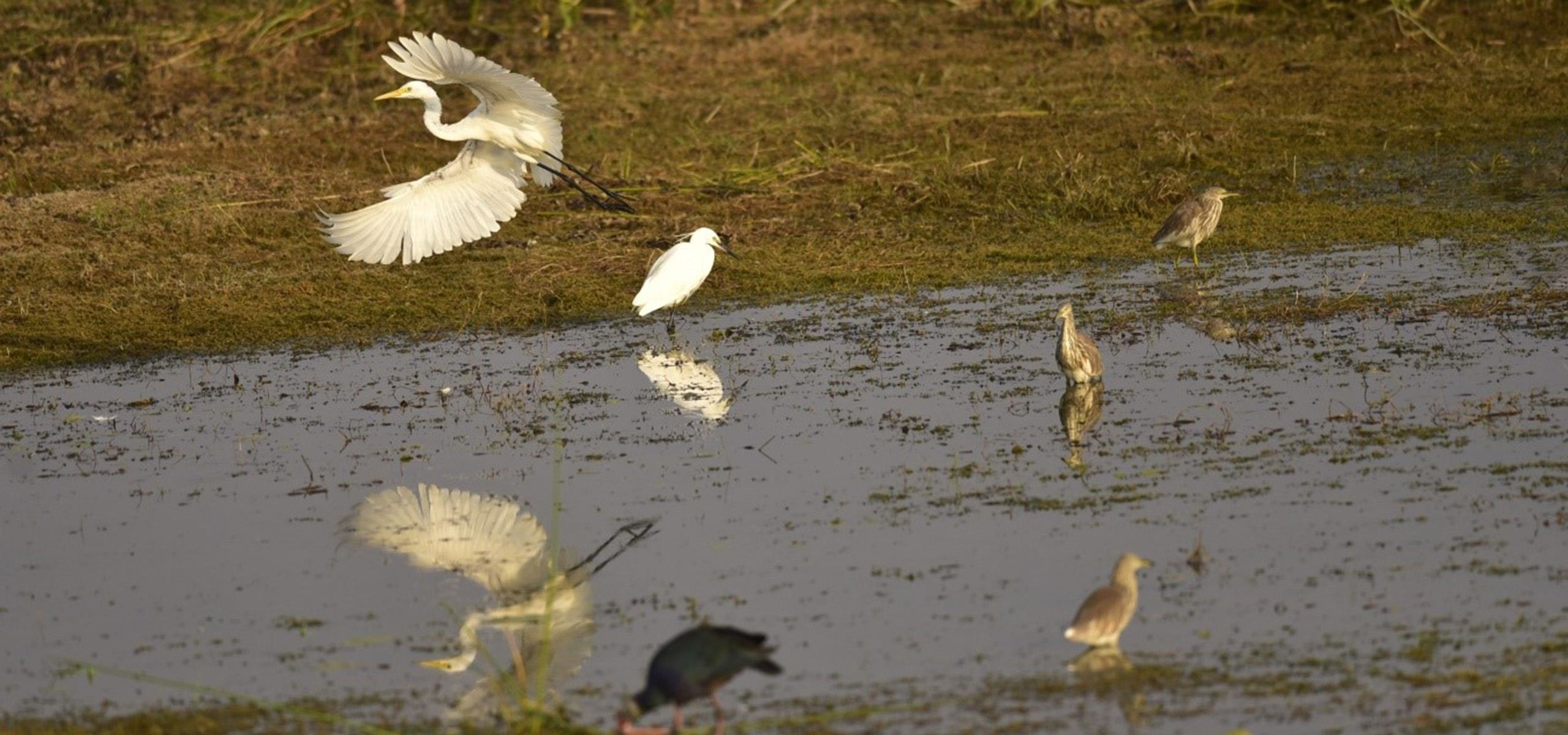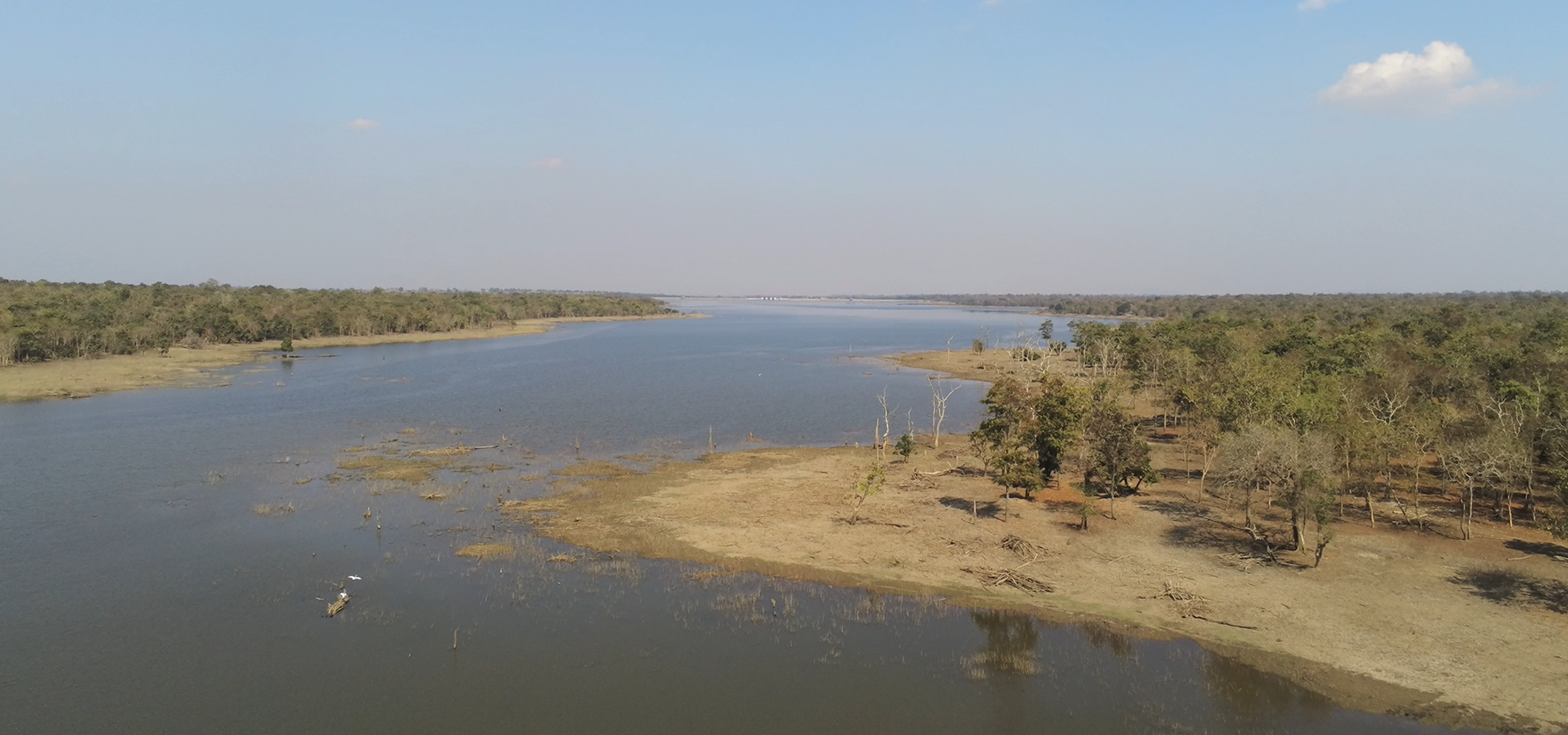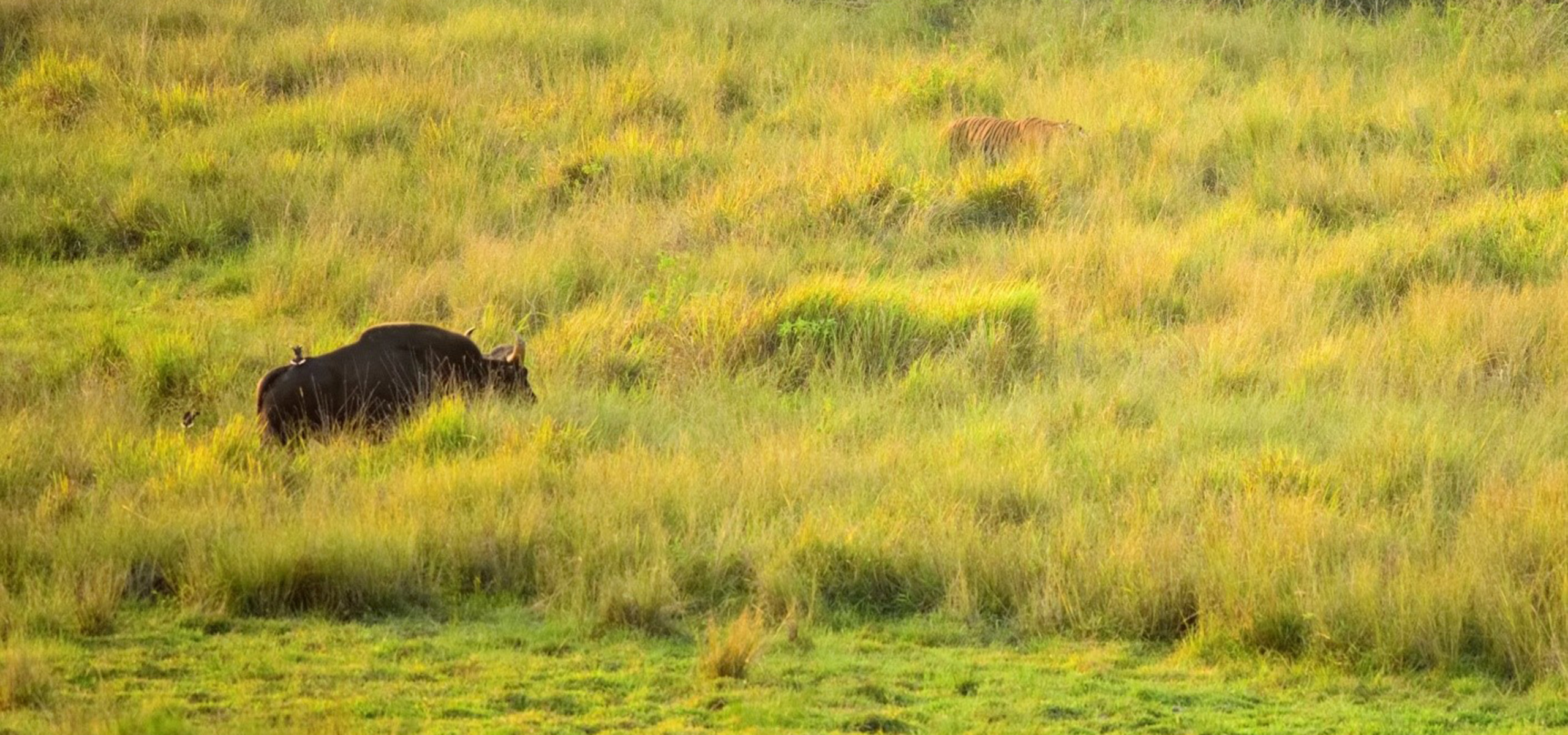Nagarahole Tiger Reserve has 125 individual tigers and boasts to have highest density amongst its counterparts. As per the latest reports, density is estimated to be 11.82 per 100 Sq Km which is 1st in the State of Karnataka and 3rd highest in the country after Corbett & Kaziranga tiger reserves respectively. It is part of Nilgiri Biosphere Reserve (5520 Sq Km) which is one of the oldest and largest conservation areas in the world.

It is integral part of the Western Ghats landscape which is contiguous with Bandipur-Wayanad-Mudumalai-Sathyamangalam-BRT complex which spans across the three states of Karnataka, Tamil Nadu and Kerala with largest source population in the world with an estimated tiger population of 724 (12,134 Sq Km) supporting the highest number of wild tigers in India and single largest Asiatic elephant population in the world. River Kabini separates the Nagarahole & Bandipur tiger reserve. The Kabini backwaters with their fertile banks attract between 600-800 elephants during the peak summer months in a normal year which is the largest congregation of Asian elephants. Both the tigers and elephants serve as a flagship and umbrella species for the conservation of all biota that these ecosystems represent.

Since Nagarahole is located on the transient area between Western Ghats and Deccan Plateau, it is home for bird species native to both the area. Further, the varied forest types viz., semi-evergreen, moist deciduous, dry deciduous & thorny scrub and presence of Taraka and Kabini back waters adds up the species diversity, thus an Important Bird Area in South India.

Biogeographically, Nagarahole lies on one of the richest biodiversity areas of our country representing ‘5 B Western Ghats Mountains Biogeography Zone’ surrounded by Wayanad WLS on the south-west side having connection with the Brahmagiri WLS through the narrow Kutta Corridor. The land cover around the protected area includes large tracts of forests, coffee plantations towards the western parts (Kodagu District) and crop mosaic towards the eastern parts.

Nagarahole is interspersed by several streams (Kabini, Taraka, Sarathi, Nagarahole and Lakshmanthirtha) that extends to become tributaries of two major rivers viz., Lakshmanthirtha & Kabini which ultimately joins river Cauvery. These rivers act as a lifeline of local farmers living in the fringe areas of Nagarahole tiger reserve. Further, water harvested from these streams and rivers irrigate large areas in other districts of Karnataka & Tamil Nadu and thus has become very crucial for the overall development (agrarian economy) of entire region. This is considered as real tangible outcome of tiger conservation in the Western Ghats tiger conservation landscape and one of the ecosystem services of Nagarahole tiger reserve.

The forests of Devmachi, Arekeri, Mavukal, Hatghat & Nalkeri have extensive flat grounds which are swampy in nature and are not stocked with important species. These are edaphic variants and are locally known as ‘Hadlus’ (Marshy Swamps). These are characetrised by open grassy lands with scattered presence of stunted specimens of Randia uliginosa (kare), Butea monosperma (muthuga), Terminalia tomentosa (matti), Careya arborea (kaval), Zizyphus xylocarpus (chotti), Phoenix acaulis (ichalu) etc. All the above species do not occur together and only two or three species are found together in one patch of forest of this type.

A patch of about 30 hectares of evergreen forest is located partly in Mavukal state forest of Kodagu District and partly in Anechowkur state forest of Mysuru District. This is locally called as Seethavana or Seetha Thopu. This evergreen patch is surrounded on all sides by deciduous forest. This is an example of typical edaphic post-climax forest.
Deputy Conservator of Forests & Director
Nagarahole Tiger Reserve, Forest Campus,
Old BM Road, Hunsur – 571105.
Ph: 08222-252041
Email – [email protected]
© Copyrights 2022. All Rights Reserved
Nagarahole Tiger Reserve, Karnataka Forest Dept.
Designed & Developed by Pace Wisdom.